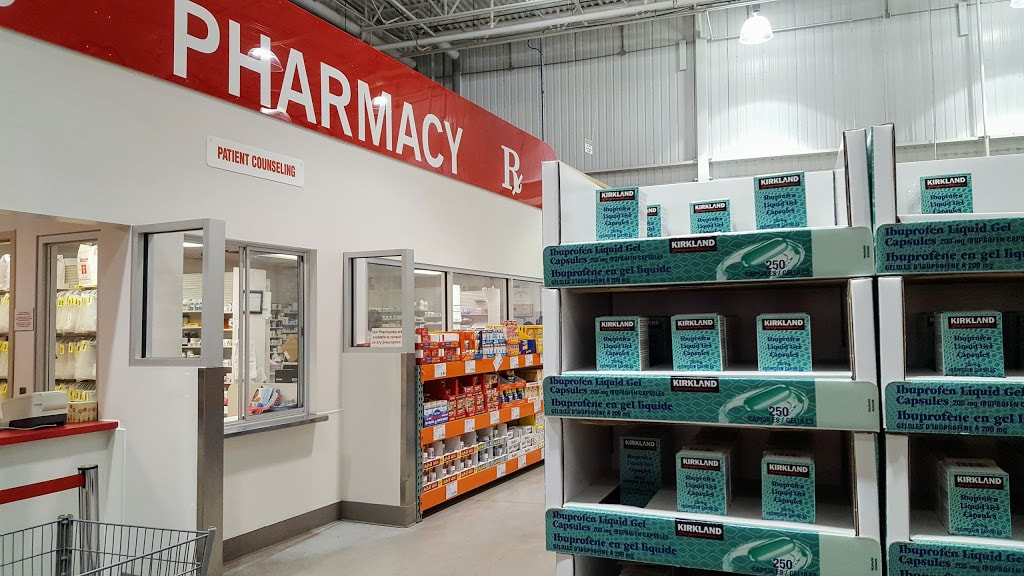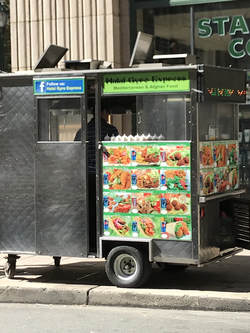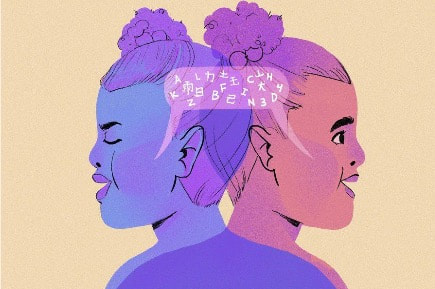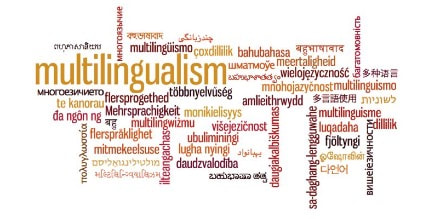Can You Help Me?
"¿Ustedes están aquí por la vacuna de covid?" (Are you here for the COVID vaccine?)
"Sí, pues claro. ¿Támbien usted?" (Yes, of course. You, too?)
Miguel wore a baseball cap, and had a clipboard and pen in hand. He appeared kind. Walking toward us, he said: "¿Ustedes están aquí por la vacuna de covid?" (Are you here for the COVID vaccine?)
The area between us was separated by a cordon that roped off a few chairs to maintain social distancing. The chairs marked the casual perimeter of the vaccine waiting and observation area, just beyond the pharmacy's main counter and cashier desk.
My Mom and I looked at each other, and she deferred to me. And that was when the conversational Spanish skills I learned during the year I lived in Mexico City (and which I rarely get the chance to use nowadays), kicked in. I coaxed my brain into action. "Sí, pues claro," (Yes, of course) I replied. "¿Támbien usted?" (You, too?)
Miguel was very friendly, and seemed happy to be responded to in Spanish! So, we moved closer to take in more of what he was saying. Once we were within a more audible range, he began to speak more excitedly, gesturing to the page affixed to the clipboard in his hands. My Mom and I were close enough to see he was pointing to the pharmacy's standard COVID-19 Immunization Consent Form, with questions like, "Are you sick today?" and "Have you ever fainted or felt dizzy after receiving an immunization?"
The consent form was just like the one we had completed 15 minutes earlier, except his page was printed in Spanish. Likely because we had entered the pharmacy speaking English, my Mom and I were not offered this alternative language option. Truthfully, we didn't even know that the pharmacy had Spanish-language consent forms, but the fact that they were available was a good thing.
Miguel pointed to the Spanish-language health form on his clipboard, and continued speaking Spanish. He explained that when the pharmacist had originally given him the health form in English, he had told them he was unable to read it. And so he had been given the Spanish version. But he was having trouble understanding this form, as well. Miguel asked: ¿Me pueden ayudar? (Can you help me?)
As our conversation unfolded, there were more clues that although Miguel was able to speak Spanish, he had difficulty reading the language on the consent form. He also appeared to have difficulty with writing.
Immediately, it struck me, based on my experience with speakers of languages other than English, that Miguel was probably multilingual in other languages, possibly Indigenous languages that he could navigate without difficulty. It was important to me to relate to him with respect for our multilingual world. But at the moment, I was faced with the challenge of figuring out how best to help him. So, what should we do when language and literacy form practical barriers to public health measures? Let me share what I was able to do...




 RSS Feed
RSS Feed